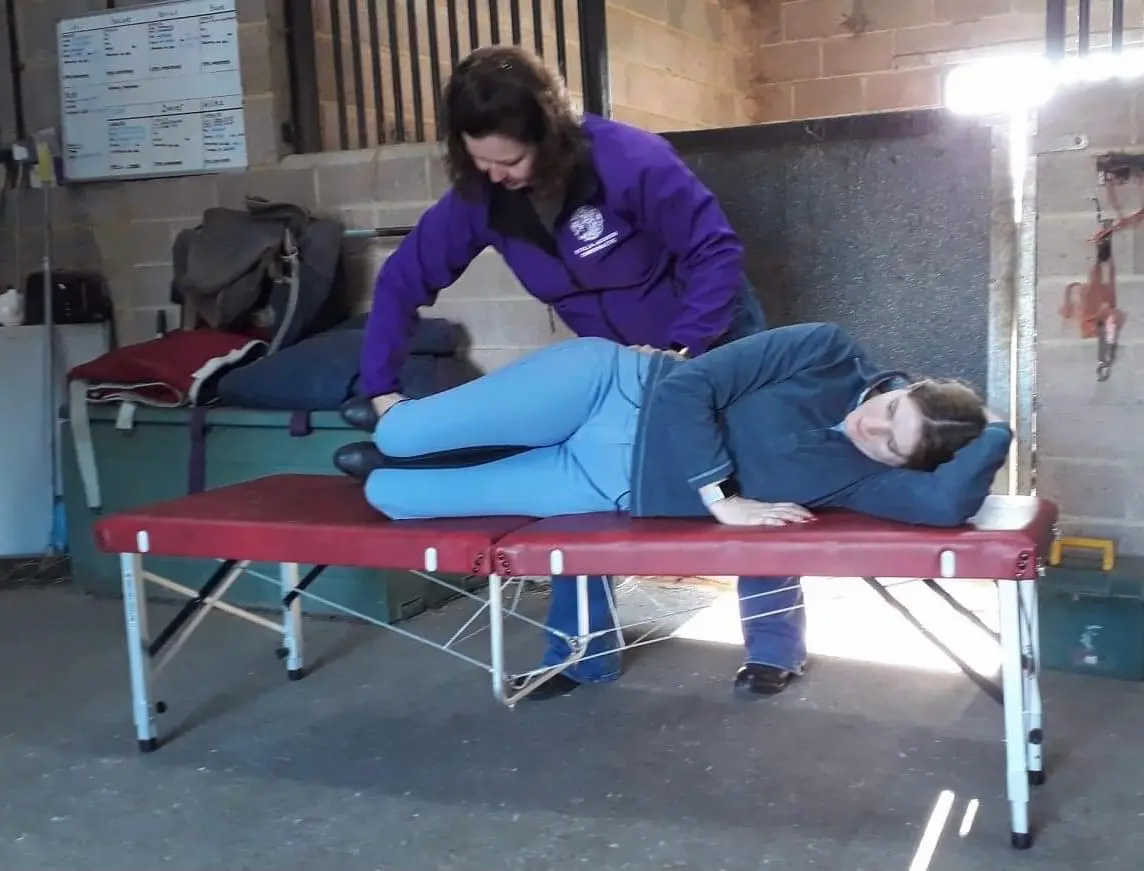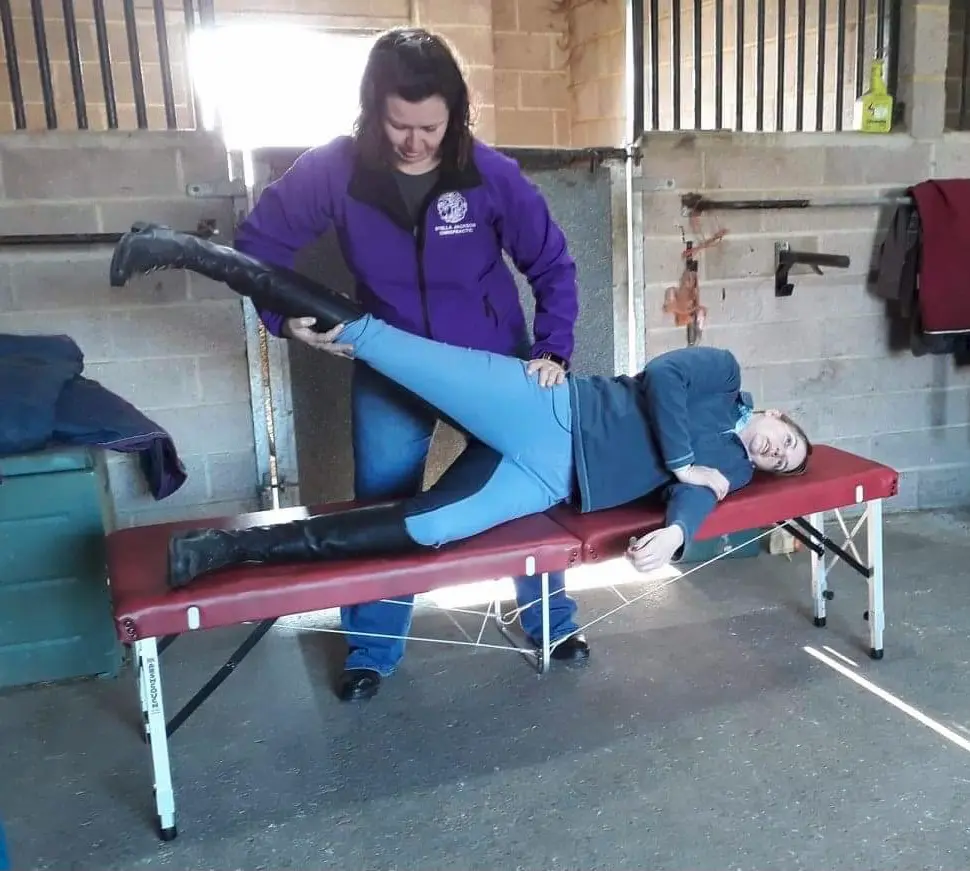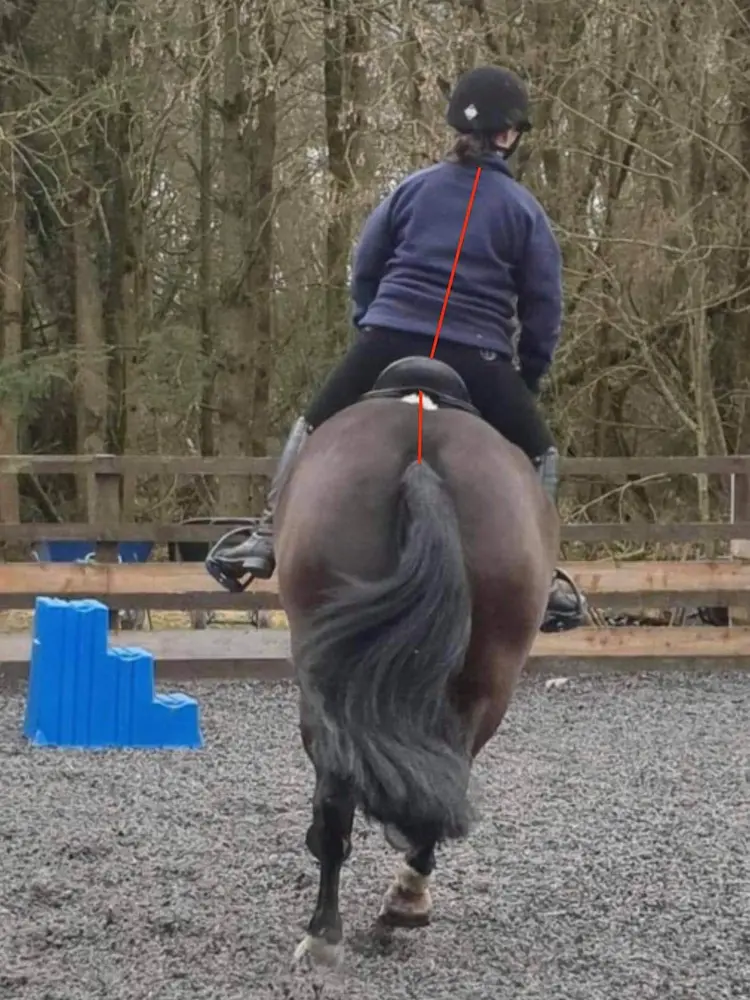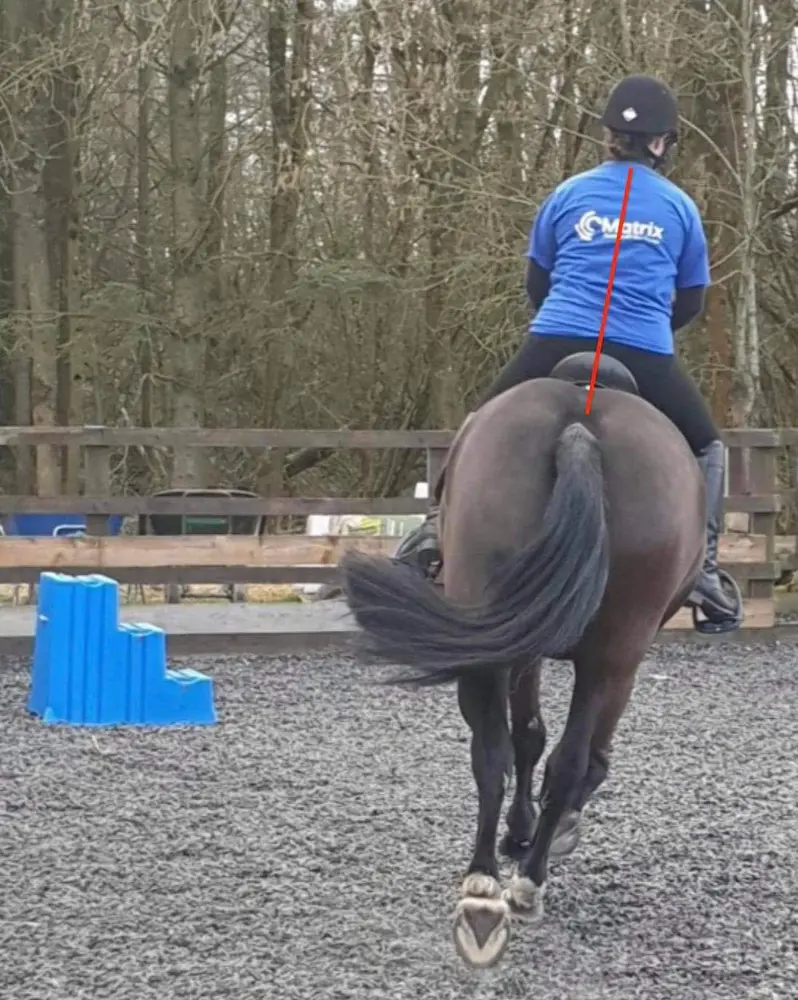Rider Assessment
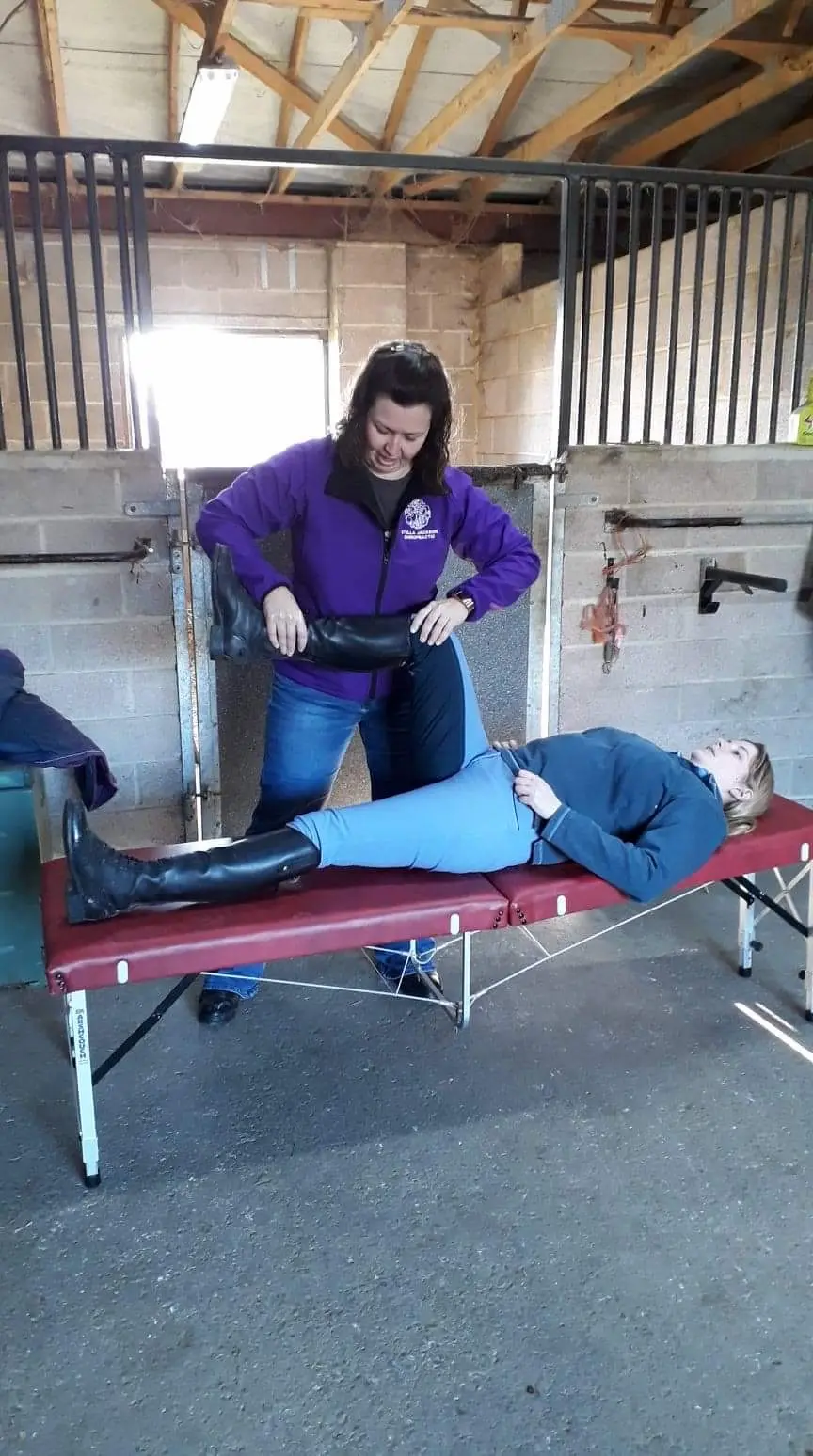
Horses move differently when on their own compared to being ridden or worked with tack on. The rider and tack exert forces upon the horse which in turn changes the horse's forces as it contacts with the ground. This can change the way the horse's joints and limbs behave.
Horse riders are trained to apply pressure through their hands and legs in order to communicate effectively with the horse. Unequal pressure through the rider's hands or seat is known to have a significant impact on the soundness, incidence of injury, and performance of the horse. Small changes in the rider's biomechanics can have a profound effect upon the horse not only allowing for greater freedom of movement but can better support the horse's joints thus helping prevent injury.
Research suggests that improved training and performance for riders of all equine disciplines will help with the reduction of pressures and improved posture, comfort, and soundness of movement of the horse.
What Does A Rider Assessment Involve?
During the assessment process, I assess both the rider and horse separately, and also as a unit working together. I look for asymmetries in each and consider the potential underlying biomechanical issues that may lead to an altered rider position.
The assessment is a general biomechanical screen using a combination of static and functional assessment and I provide rehabilitation exercises for the rider. I am also happy to advise on how more complex underlying issues may be addressed to improve the rider and horse experience and either make appointments for horse and/or rider Chiropractic treatment or make referrals to the rider’s existing therapists as appropriate.
